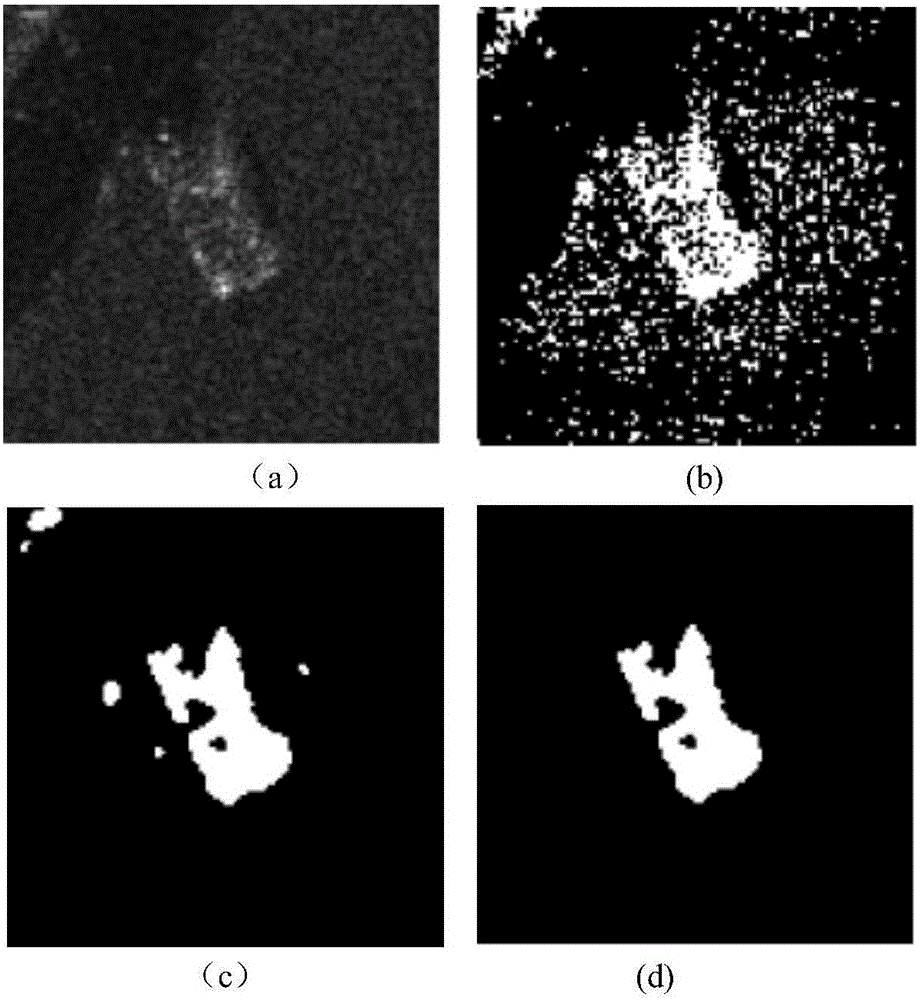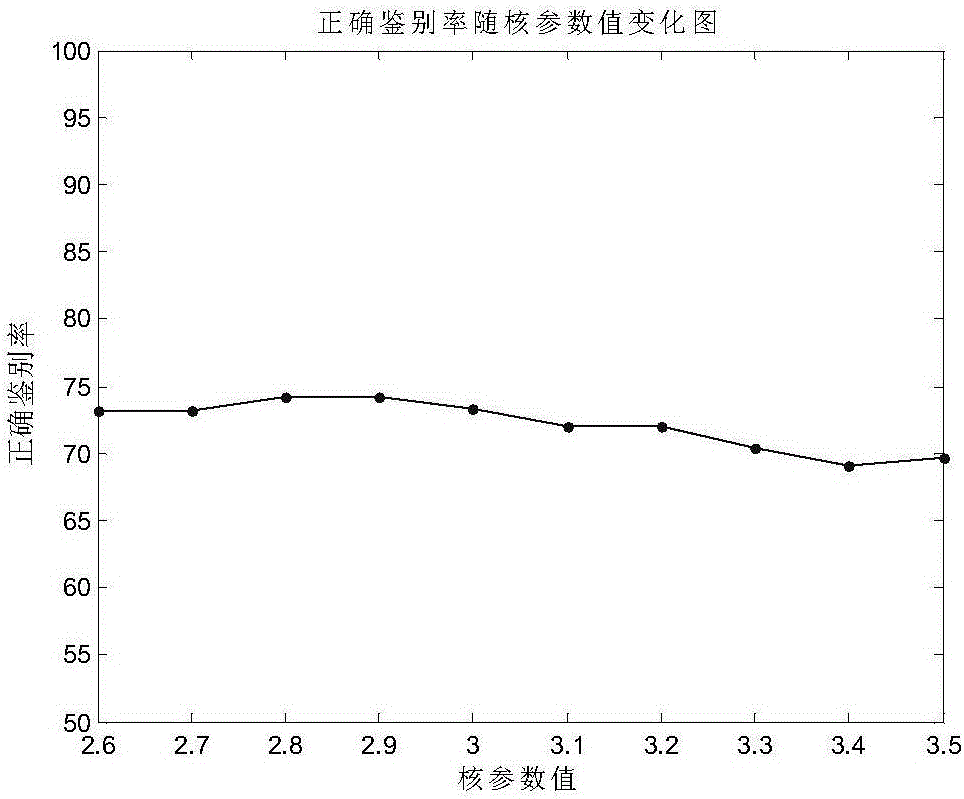SAR target discrimination method based on non-similarity transformation A-type SVM model
A non-similarity and model technology, applied in the field of SAR target identification and target recognition, can solve problems such as difficulty in model parameter selection
- Summary
- Abstract
- Description
- Claims
- Application Information
AI Technical Summary
Problems solved by technology
Method used
Image
Examples
Embodiment Construction
[0044] refer to figure 1 , the present invention is based on the SAR target identification method of a class of SVM model of non-similarity transformation, including the following two stages of training and testing.
[0045] 1. Training stage
[0046] Step 1: Use n pieces of SAR training target image set F to obtain a binary image set T of the training target.
[0047] 1a) For n pieces of SAR training target image set F={F 1 ,F 2 ,...,F i ,...,F n} in the i-th training target image F i Perform logarithmic transformation to obtain the logarithmically transformed image G i , and then get the logarithmically transformed image set G={G 1 ,G 2 ,...,G i ,...,G n}, where the logarithmically transformed image G i The amplitude at the pixel point (x, y) is:
[0048] G i (x,y)=10×ln[F i (x,y)+0.001]+30,
[0049] i∈{1,2,...,n}, F i (x,y) is the i-th image F i Amplitude at pixel (x, y), G i (x,y) is the logarithmically transformed image G i Amplitude at pixel (x, y);
...
PUM
 Login to View More
Login to View More Abstract
Description
Claims
Application Information
 Login to View More
Login to View More - R&D
- Intellectual Property
- Life Sciences
- Materials
- Tech Scout
- Unparalleled Data Quality
- Higher Quality Content
- 60% Fewer Hallucinations
Browse by: Latest US Patents, China's latest patents, Technical Efficacy Thesaurus, Application Domain, Technology Topic, Popular Technical Reports.
© 2025 PatSnap. All rights reserved.Legal|Privacy policy|Modern Slavery Act Transparency Statement|Sitemap|About US| Contact US: help@patsnap.com



